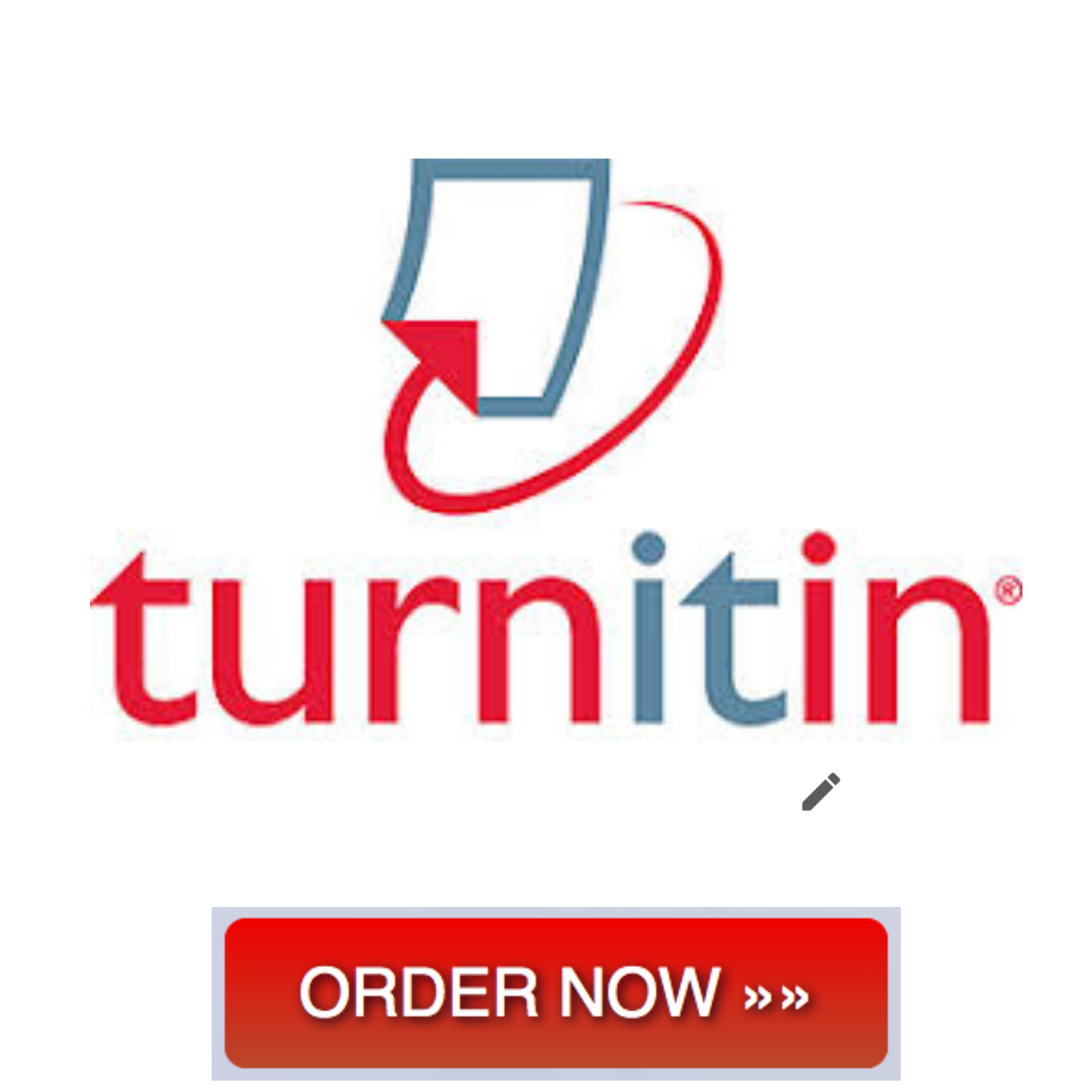ASSESSMENT 2
PRINT
Competitive Analysis
Details
Attempt 1Available
Attempt 2NotAvailable
Attempt 3NotAvailable
Toggle Drawer
Overview
Submit a 3- to 5-page paper in which you carry out a competitive analysis for the product that you have selected. Using the information developed in the analysis, create a perceptual map that displays the position of your chosen product in relation to the competition and two key factors. Explain the implications of this analysis in relation to marketing strategy.
Note: You are encouraged to complete the assessments in this course in the order in which they are presented.
SHOW MORE
Toggle Drawer
Context
Competition drives the energy in an open marketplace, preventing any company from successfully resting on its laurels. While competition should not dictate marketing strategy, awareness and understanding of competitive offerings must inform marketing strategy.
SHOW MORE
Toggle Drawer
Questions to Consider
To deepen your understanding, you are encouraged to consider the questions below and discuss them with a fellow learner, a work associate, an interested friend, or a member of the business community.
SHOW MORE
Toggle Drawer
Resources
Suggested Resources
The following optional resources are provided to support you in completing the assessment or to provide a helpful context. For additional resources, refer to the Research Resources and Supplemental Resources in the left navigation menu of your courseroom.
Library Resources
The following articles from the Capella University Library are linked directly in this course:
Giachetti, C., & Dagnino, G. B. (2014). Detecting the relationship between competitive intensity and firm product line length: Evidence from the worldwide mobile phone industry. Strategic Management Journal, 35(9), 1398–1409.
Najafizadeh, N. S., Elahi, M., Moemeni, A., & Lotfi, Z. (2012). A model for brand positioning of hygienic products using the most effective factors on competitive position and perceptual map technique. African Journal of Business Management, 6(27), 8102–8117.
Ross, J., & Sharapov, D. (2015). When the leader follows: Avoiding dethronement through imitation. Academy of Management Journal, 58(3), 658–679.
Ruzo, E., Barreiro, J. M., & Losada, F. (2006). Competitive market analysis from a demand approach. International Journal of Market Research, 48(2), 193–236.
Salvador, M. R., & Tello Bañuelos, M. A. (2012). Applying patent analysis with competitive technical intelligence: The case of plastics. Journal of Intelligence Studies in Business, 2(1), 51–58.
Storbacka, K., & Nenonen, S. (2012). Competitive arena mapping: Market innovation using morphological analysis in business markets. Journal of Business-to-Business Marketing, 19(3), 183–215.
Valeriu, I. (2014). Competitive intelligence analysis: Scenarios method. Annals of the University of Oradea, Economic Science Series, 23(1), 331–340.
SHOW MORE
Assessment Instructions
In the first assessment, Company Selection and Product Analysis, you selected a company to study, wrote an overview of that company\’s approach to its markets, completed a SWOT analysis for one of its products, and justified a change in marketing strategy for that product. This assessment focuses on competitive aspects—including an analysis of competition for the product that you selected and a thorough examination of information sources that can inform that analysis.
Imagine that you have now been hired by the company you studied, and have been asked to lead a competitive analysis. Focusing on the product you chose, develop a 3- to 5-page report on the current competitive position of that product.
Preparation
Think about the information that you will need to analyze the competition for the product you have selected:
What kinds of information would you want to gather?
What types of sources would be most likely to have the kinds of information you are seeking? Consider some of the following:
Companies that provide market information, such as the Nielsen Corporation.
Trade publications.
Surveys.
Once you have gathered the information, how could you organize it to make it most useful to the company?
If needed, review the examples of perceptual maps in Suggested Resources.
Directions
This assessment consists of two parts: Gathering information for competitive research and presenting information as a competitive analysis.
Part 1: Competitive Research (1–2 pages):
Identify and describe the key data the company should know about the competition\’s key competitive products. Begin with the following categories, and add any others that might be additionally useful for the product you have chosen:
Market share.
Product appeal.
Quality.
Growth potential.
Unique selling proposition.
Explain how the company you are working with could obtain that data on the competition\’s key competitive products, which would become what is referred to as \”competitive intelligence.\”
Part 2: Competitive Analysis (2–3 pages):
Conduct a competitive analysis for the product you have chosen based on available and free resources. Complete the following:
Preliminary Analysis.
Select and describe the two most significant competitive factors for the product you chose.
Select and briefly describe the key competitors and competitive products for your chosen company and product.
Comparative Ratings.
Select a scale and rate your product and the competitive products based on your two chosen factors.
Justify your ranking.
Perceptual Mapping.
Use a software application of your choice, such as PowerPoint or Excel, to create a perceptual map, as follows:
Build a two-dimensional matrix, using the competitive factors as the X and Y axes.
Locate and plot each product—the one you chose and the competitive products you researched—in the appropriate locations in the matrix.
Attach your perceptual map in the appendix to this assessment. It is not included as one of the pages in the 3–5-page body of the paper.
Analysis and Conclusions.
Explain how your selected product compares with the competition, based on what you discover in this analysis. Be specific about the factors involved.
Explain your conclusions about your selected product:
Its competitive position.
The implications for enhancing its marketing.
Additional Requirements
Written communication: Written communication should be free of errors that detract from the overall message.
APA formatting: Your analysis should be formatted according to current APA style and formatting.
Length: 3–5 typed and double-spaced pages.
Font and font size: Times New Roman, 12 point.
Research: Use a minimum of six credible sources, either from the Capella University Library or marketplace resources.
For this assessment the product used is Domino\’s chicken wings. I will attach the first paper that I completed for this.
Is this your assignment or some part of it?
We can do it for you! Click to Order!








